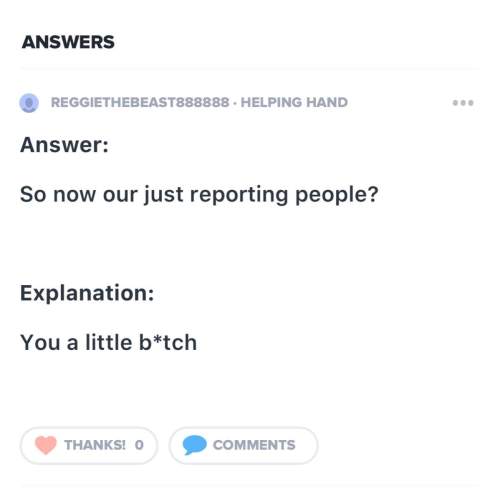
PLASE HELP
Lee el diálogo y escoge la opción que tiene el vocabulario necesario para completar las frases correctamente. Read the dialogue and select the option that has the vocabulary needed to complete the sentences.
—Buenos días, Francisco, a mí 1. mucho comer maíz y zanahorias. ¿2. las zanahorias?
—Hola, no 3. las zanahorias, pero a mi mamá Juana 4. los tomates.
1. me gustas 2. Te gusta 3. Le gustas 4. me encanta
1. me gusta 2. Te gustan 3. me gustan 4. le encantan
1. te gustan 2. Le gustas 3. le gusta 4. le encantas
1. le gusta 2. Me gusta 3. te gustan 4. te encanta

Answers: 1
Another question on Spanish

Spanish, 22.06.2019 18:00
Completar complete the paragraph with the correct form of saber or conocer. hay una chica muy interesante en mi clase de poesía. yo (1) cómo se llama: valentina. es un nombre bonito, ¿no? quiero (2) más de ella, pero soy muy tímido. voy a llamar a mi amigo julio; él (3) a casi (almost) todas las personas de mi programa. pero si julio no (4) quién es ella, mañana después de la clase voy a escribirle un mensaje a valentina. pienso darle un poema de bécquer. tú (5) los poemas de bécquer, ¿no? son muy románticos. también puedo invitarla a salir conmigo a tomar un café; yo (6) un café muy bueno que se llama la rana.
Answers: 1

Spanish, 23.06.2019 08:30
The exchange rate is 156 pesos for 1 us dollar. it costs 10,218 pesos to check an extra piece of luggage on the plane. you have $65 us dollars. which of the scenarios below best reflects your ability to check your extra piece of luggage? a. whew! you have just enough! b. oh no, you will have to leave your extra piece of luggage behind! c. you have enough to check your extra piece of luggage and buy a coffee for the flight. d. if you can scramble to find some spare change in your pocket, you can check your extra piece of luggage.
Answers: 1

Spanish, 23.06.2019 20:30
When describing nouns in english, the noun being described comes second. what is the proper format in spanish? the noun being described comes first followed by the describing noun. the describing noun comes first followed by de (of) and the noun being described. the noun being described comes first and is followed by de (of) and the describing noun. the describing noun comes first followed by the noun being described.
Answers: 1

Spanish, 24.06.2019 15:00
Decide if the following sentence is gramically correct or incorrect. su mama dice, hola
Answers: 2
You know the right answer?
PLASE HELP
Lee el diálogo y escoge la opción que tiene el vocabulario necesario para completar las...
Questions



Spanish, 12.12.2021 22:00

Mathematics, 12.12.2021 22:00




English, 12.12.2021 22:00


Mathematics, 12.12.2021 22:10









Chemistry, 12.12.2021 22:10

Mathematics, 12.12.2021 22:10




